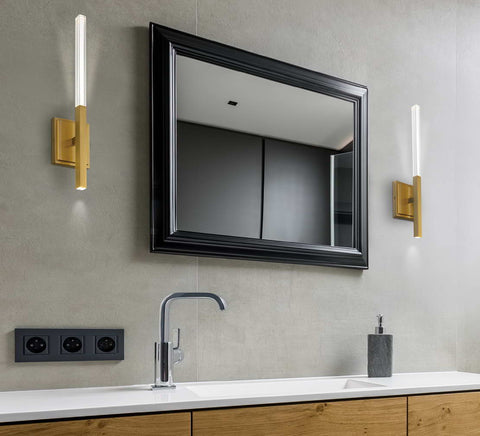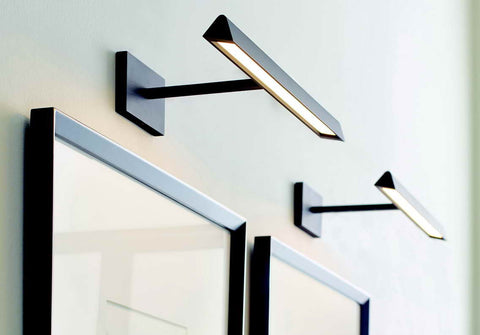Wall lighting, an essential component of any home's design scheme, offers both aesthetic charm and practical functionality. This guide provides a deep dive into the world of wall lighting, covering everything from the types and positioning of wall lights to the best practices for installation and maintenance.
Understanding Wall Lighting
Wall lights, as the name suggests, are lighting fixtures that attach to the wall. They can contribute to a room's general, task, or accent lighting, depending on their design and placement. Wall lights offer a versatile solution for illuminating dark corners, emphasizing architectural features, or simply adding a decorative touch to a room.
The Versatility of Wall Lights

Wall lights are incredibly versatile fixtures that can enhance almost any room in your home. They can be installed in hallways, stairways, bathrooms, bedrooms, dining rooms, living rooms, or even outdoors. Their strategic placement can create a warm, inviting atmosphere, provide necessary task lighting, or highlight a specific feature in your home.
Positioning Wall Lights
The ideal height and spacing for wall lights can vary depending on the size and style of the fixture, as well as the room's proportions. As a general rule, wall lights should be installed about 5.5 to 6 feet from the floor. If you are installing multiple wall lights, they should be placed approximately 8 to 10 feet apart.
Types of Wall Lights
There are several types of wall lights to choose from, including:
- Flush mount wall light: These lights are mounted flush with the wall, providing a sleek, modern look.
- Armed sconce: Armed sconces protrude from the wall and can provide uplighting, downlighting, or both.

- Recessed light sconce: These lights are installed into the wall, creating a clean, minimalist look.
- Lantern-type wall sconce: These sconces mimic the look of traditional lanterns and can add a rustic touch to your décor.
- Picture light: These lights are designed to highlight artwork or photographs on the wall.

Wall Lights in Different Rooms
The placement of wall lights can vary depending on the room. For example, in hallways and staircases, wall lights can provide necessary illumination and guide the way. In bedrooms, wall sconces on either side of the bed can create a warm and inviting atmosphere. In living rooms, sconces can be placed on either side of a fireplace or a piece of artwork to highlight it. Outdoor wall lights can provide soft illumination post sunset and stand out as decorative pieces.

Installing Wall Lights
The installation process for wall lights can vary in complexity. While manufacturers often provide manuals, it's recommended to have a lighting professional install the fixture.
Wall Lights and Dimming
Many modern wall lights are dimmable, allowing you to adjust the light output according to your needs. This can be particularly useful in rooms such as the living room or bedroom, where you might want to create a cozy, relaxing atmosphere.
The Aesthetic Appeal of Wall Lights
In addition to their practical uses, wall lights can also serve as decorative elements in a room. They come in a wide range of styles, from traditional to contemporary, and can be made from various materials. Choosing a wall light that fits your aesthetic can help to enhance the overall look and feel of your space.
Wall Lights for Art Display

Wall lights can be used to highlight artwork and create a mini art gallery in your home. Picture lights and spotlights are particularly useful for this purpose, allowing you to focus light directly onto the artwork and make it a focal point in the room.
Wall Lights for Outdoor Use
Outdoor wall lighting must be wet-rated, meaning it can withstand exposure to moisture. These lights can be used to illuminate outdoor spaces like porches, patios, and driveways, adding both security and aesthetic appeal.
Wall Lights with Integrated Switches
Some wall lights come with integrated switches, allowing you to control the light separately from other lights in the room. This can be useful for creating different lighting moods.





